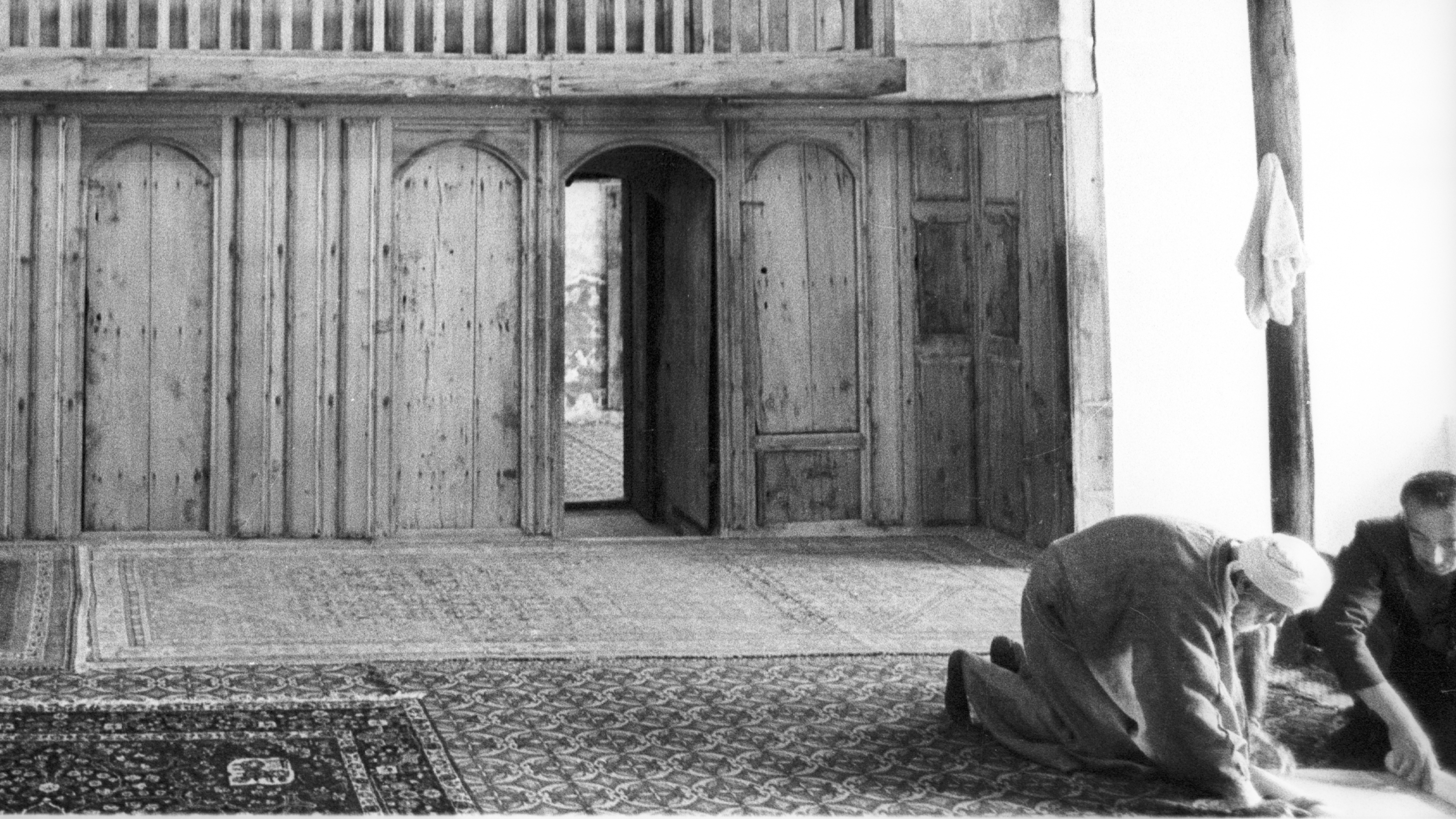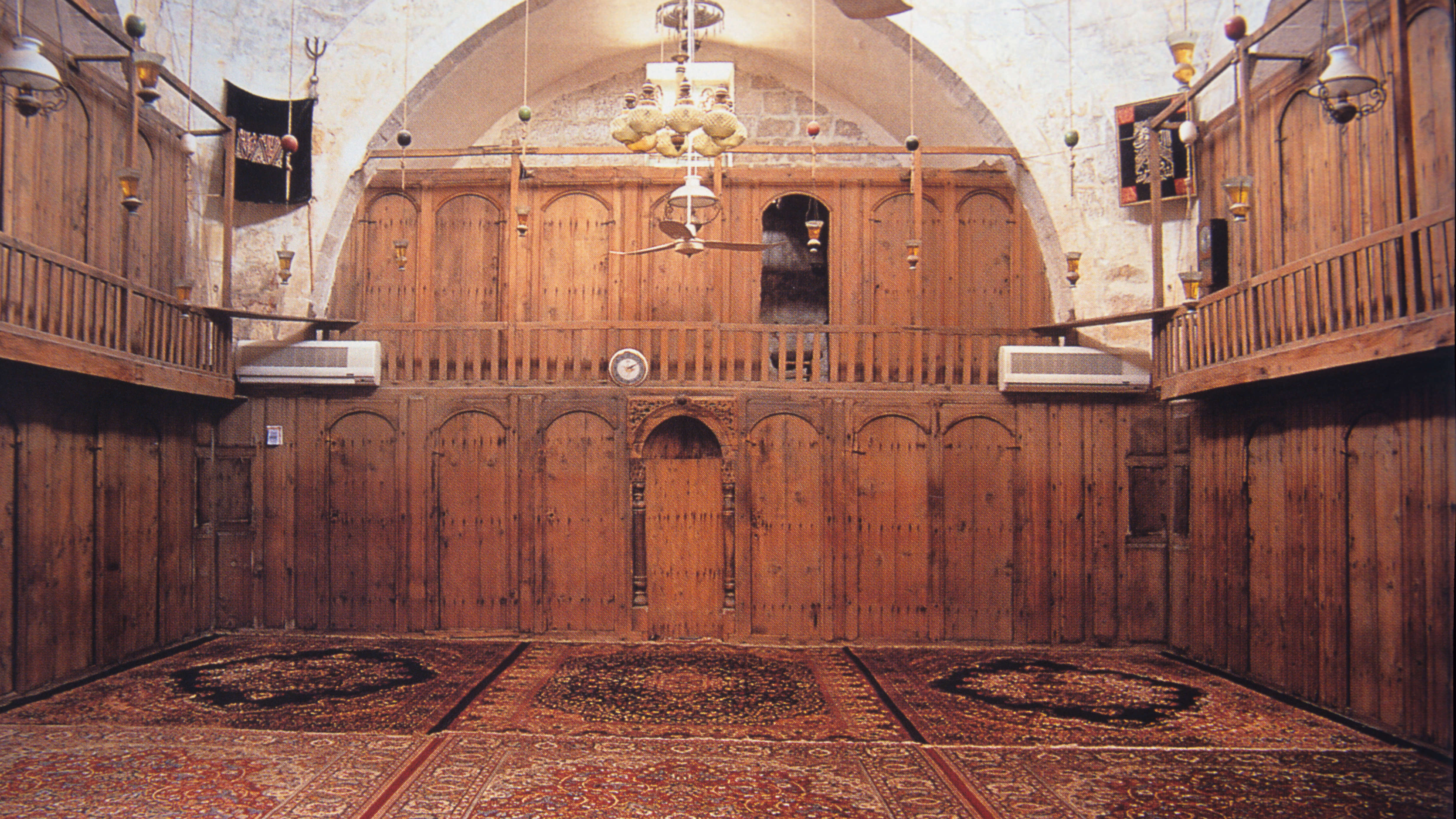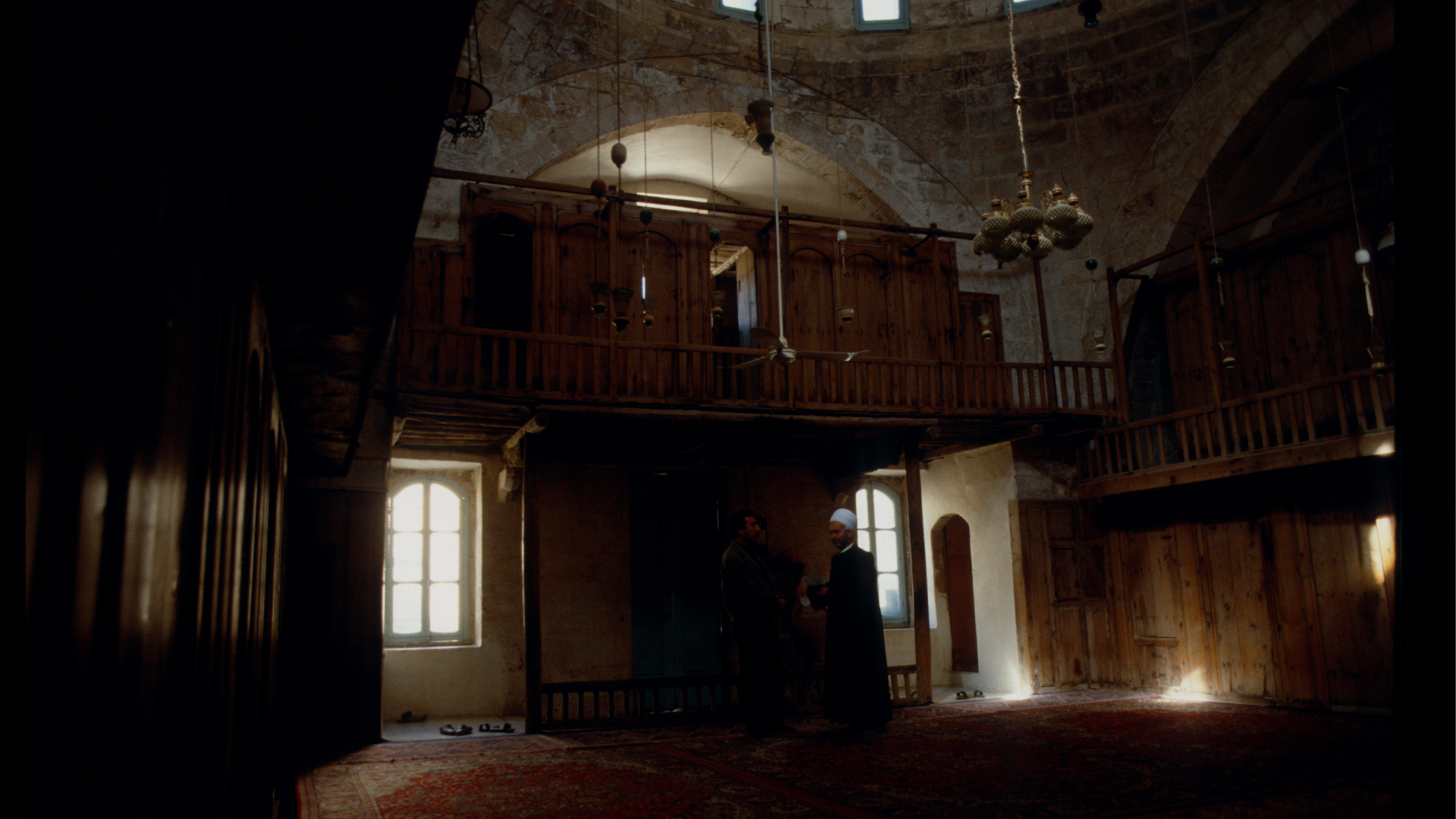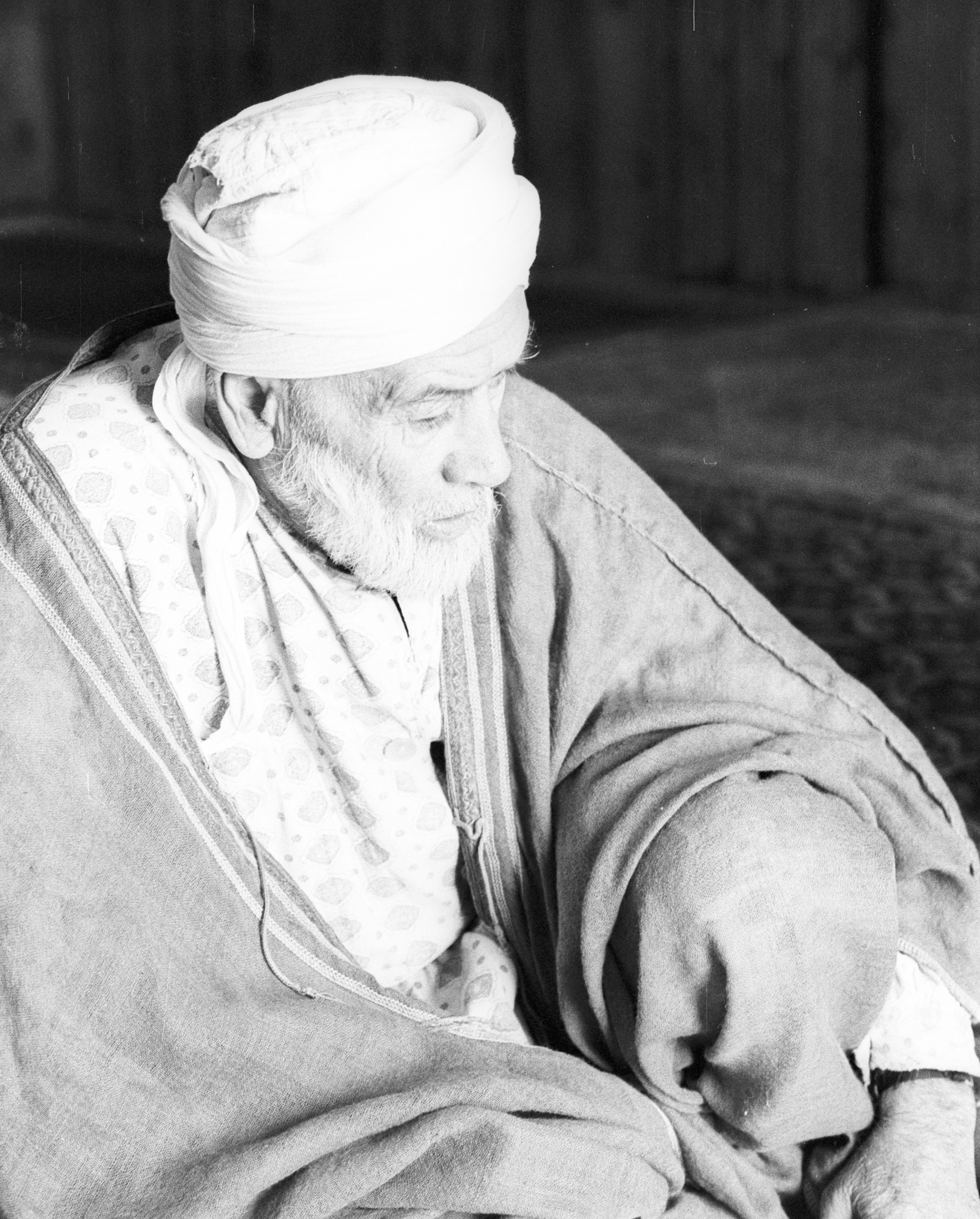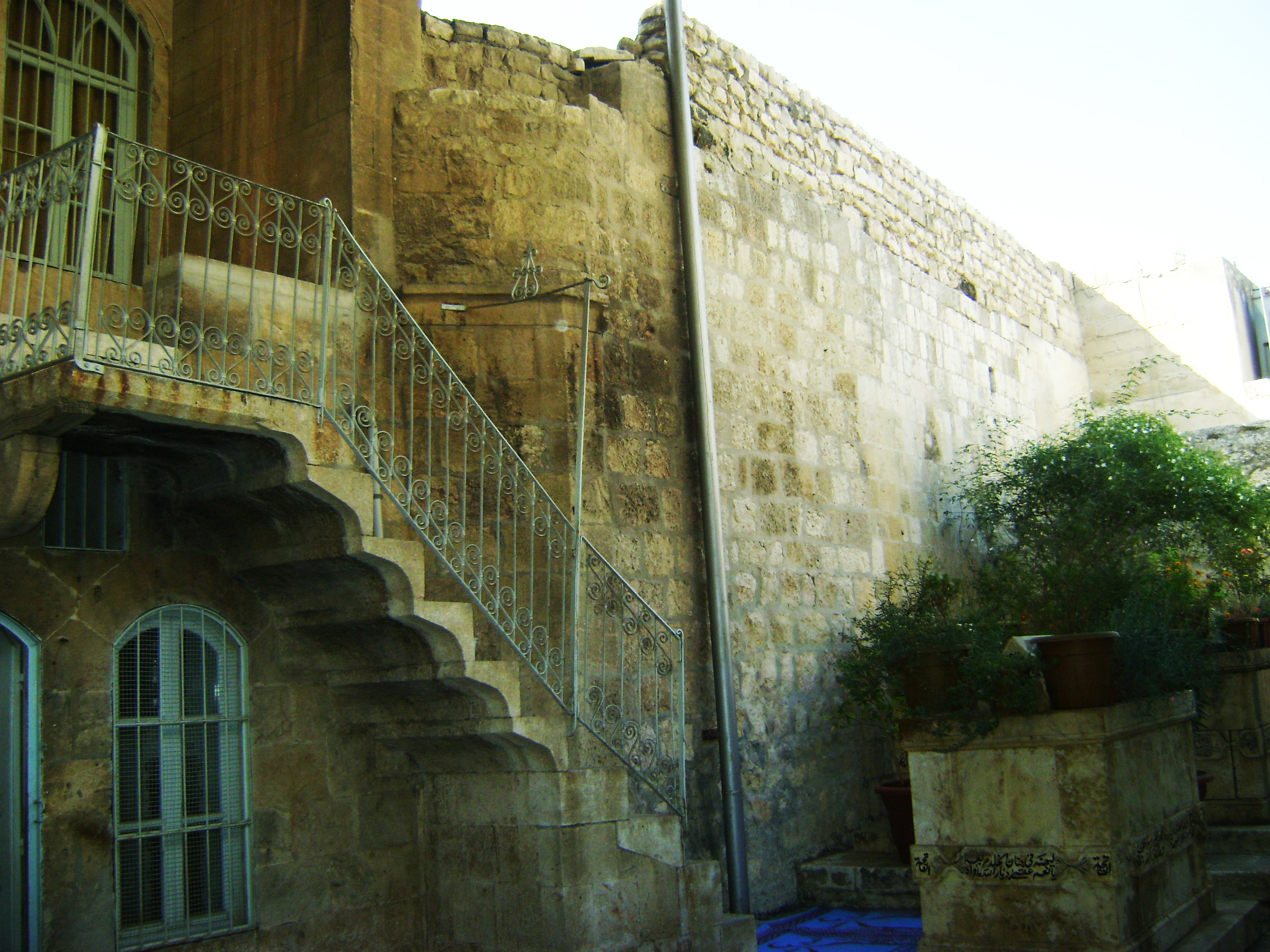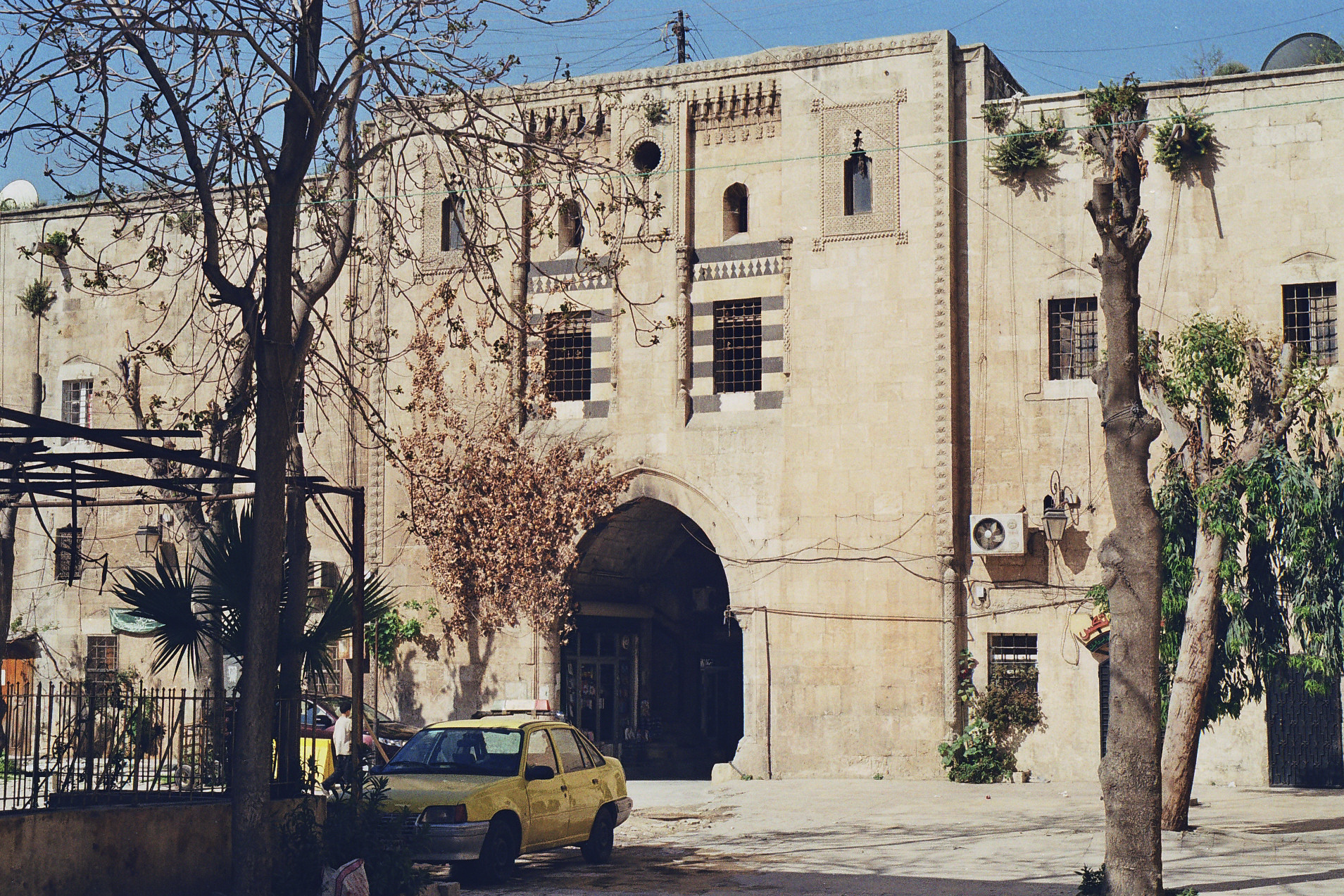About the Series
In this series we display personal stories of places (historical monuments) in Aleppo city, told by people who had a special bond with the place. The aim of this series is to highlight the intangible aspect of heritage places in Aleppo, and to communicate the inclusion of memory in reimagining and rebuilding a place through its people.
These contributions are part of the joint efforts of the Interactive Heritage Map of Syria Project along with the Aleppo Heritage Catalogue Project, which seeks to document the history and architecture of historical monuments in the city of Aleppo.
This is a memory from Aleppo about a woman’s personal experience of Az-Zawiya al-Hillaliyya, a Sufi ritual prayer place in Aleppo with 800 years of history.
A Spiritual Retreat
Aleppo, a city known for its rich historical and spiritual heritage, holds a unique tradition that has been ongoing for eight centuries. The sufi rituals of Az-Zawiya al-Hillaliyya drew Ruba to this site.
"I am fond of Aleppo, not only of the...
...city’s historical monuments, but also of its social and human heritage. As such, I got to know az-Zawiya al-Hillaliyya as a place that has been holding dhikr (Sufi ritual prayer) sessions for eight hundred years up to now. That cultural tradition has more value to me than the architecture itself, although the architecture is indicative of a unique beauty and awe. The series of rooms have their own charm and great prestige that I have not felt anywhere else. It has a wonderful spiritual dimension, as when I first visited the place I was very stunned of the dhikr sessions and their uniqueness."
Architecture of Az-Zawiya al-Hillaliyya and the Significance of the Number Forty
"Az-Zawiya al-Hillaliyya is a building with...
...a square space. The walls are covered with stunning wood work. There are forty wooden rooms, twenty on the ground level and the rest on the mezzanine level. Each room is one meter in width and one and a half in length, dedicated to one person who would like to practice the Sufis ritual called Hadhra. The person considers this room as his solitude residence, for mysticism and human detachment, to reach self-purity and spiritual communication with the divine self, away from the impurities of life. He stays for forty days and is offered food and drinks regularly in his place of isolation. He does not leave the room unless it is necessary.
This practice has been performed in this place since it was established, and it did not even stop during the war period. It resembles the solitude of monks like Saint Simon and others. As the Hadhra is over, and the person had finished his duty that he vowed himself to, he can finally enjoy his spiritual serenity.
Traces of this Sufi tradition can even be recognized in the architecture as for example in the arrangement of rooms and in particular the number of rooms. In Sufism, the number forty is historically considered a sacred number, even before the appearance of the Abrahamic religions. And so az-Zawiya al-Hillaliyya includes forty rooms in relation to this number."
The Dhikr Ritual
Dhikr at Az-Zawiya al-Hillaliyya is practiced with rules including a leader, singing, clapping, and chanting. It features important poetry and sophisticated musical performance.
"The rituals of dhikr have rules in which there is a leader who leads the session, assisted by two people chanting poems (Muwashahat) of versatile music scales (maqams), and two others who clap their hands to set the rhythm, either slow or fast, according to the muwashah that is being recited. The sound rises or falls to give the perfect tone for the atmosphere. The rest of the participants either listen or repeat the chanting. It is a wonderful ritual in which even children participate. However, it is a male atmosphere that does not allow women to participate. So women stay outside trying to sneak a peek of what is happening inside to live the moment. This practice here is characterized by its old and important poetry (Muwashahat) accompanied by a high level of music performance."
Preserving Tradition
Az-Zawiya al-Hillaliyya is one of seven places in Aleppo where these dhikhr sessions take place. It continues to be a haven for spiritual retreats.
"Being interested in Aleppo’s heritage in general, and Muwashahat (sung poetry) and Qudoud Halabiyya in particular, I started asking about the places where dhikr sessions are being held. In my enquiry, I have discovered that there are seven places in Aleppo where these dhikhr sessions take place. Az-Zawiya al-Hillaliyya is among the most famous and oldest ones, so I started frequenting this place."
The Inherited Leader of Al-Zawiyya Al-Hillaliyya
"Here, I met with Dr. Jamal al-Din al-Hilali...
...who studied and practiced medicine as a doctor in Germany. His father was a leader of dhikr sessions. When his father died, Jamal al-Din al-Hilali had to quit his job and life in Germany to take over his father’s place in az-Zawiya al-Hillaliyya, as the place and position are inherited. I asked him to attend one of the sessions and he replied that women are not allowed to enter. Although there is no Qur’anic text that prevents women from doing so, it is only adhered to the established customs. He could not change the dhikr sessions to be mixed because of their character and history as being male oriented. But he assured me that it is logically possible. Every Friday after the afternoon prayers, the dhikr sessions take place and last for about two hours. This place holds an ancient heritage of Aleppo’s culture."
"Beginning of 2019, I returned to Aleppo...
...after such a long time being away. I was walking through al-Jallum area on a Friday afternoon when I heard a rhythmic voice echoing the words of Allah… Allah… Allah. I followed the source of the sound from one alley to another to see myself suddenly in front of az-Zawiya al-Hillaliyya. I have watched dhikr sessions several times from one of the windows. The sound was what drew me to the place again though I had forgotten where it was exactly. I encourage everyone to attend such ceremonies, as the place is very charming and beyond imagination or description.
Az-Zawiya al-Hillaliyya has a great historical value because these sessions never stopped despite the war, and continued to take place every Friday! People who take part of these rituals in this place are not considered radicals in any way! It is the unique musical heritage in al-Hillaliyya which drives my passion and those people who have left an artistic trail in it, such as Bakri al-Kurdi, Omar al-Batsh and Sheikh Hassan al-Haffar."
Hope and Resilience: Az-Zawiya al-Hillaliyya's Enduring Legacy
Az-Zawiya al-Hillaliyya holds an ancient legacy of Aleppo's culture. Though women are not allowed to enter the dhikr sessions, attending the ceremonies is still highly recommended by Ruba.
"The place has not been affected much during the war. The removal of the graves in the courtyard did not affect the course of weekly dhikr sessions. The place still exists and the wonderful ritual continues. There are fixed dates, and attending is possible. Even if I am just sitting on the steps, it still has a great value to me. I introduced most of my friends to Az-Zawiya al-Hillaliyya, including a Lebanese friend; a Christian from southern Lebanon. We visited the place together and she wore a veil on her head and sat on the steps with me. She then started hearing the roaring voice of the men inside. Focusing on the voices, she entered a world of spirituality, a state similar to out-of-body experience, of what was happening to the men inside.
You will be impressed by the deep authenticity of this ritual. On Friday, as the men come out of the mosque after the prayer, wearing white djellabas with the smell of rose, musk and amber, and in the presence of the leader, you feel the deep respect and order in the place.
I am optimistic somehow as the war comes to an end. I rejoice on those who restore and do not grieve the destruction. My view of the situation is bright, as I was very pleased to know the place was not demolished and that the rituals are still happening. I see things differently with this elegant Aleppian practice, and the presence of children, boys and adults memorizing Muwashahat (sung poetry) of unknown ancient origins."
OUR HERITAGE WILL NOT BE LOST!
"As much as we care about...
...the architecture and buildings we have to pay attention to the intangible cultural heritage because we transmit/transfer/exchange it verbally and it is not documented. Aleppo is very stubborn, that is obvious historically. There are secrets protected underneath the ground. Our heritage will not be lost! I believe in my city and I am certain that this city will not die”
DISCOVER MORE MEMORIES FROM ALEPPO
The al-ʿAdiliyya mosque
In this memory statement, Omar Abd Alwahhab Katta recounts his personal connection to al-ʿAdiliyya Mosque in Aleppo, which holds both historic and religious value for the people of Aleppo.
The Aleppo Citadel
The Aleppo Citadel is not just a historical monument but also a place of memories, love and identity for many Syrians. This is a statement of a young lady’s experiences and memories of the citadel, from childhood dreams to falling in love and the impact of war.
A Tale of Khan al-Wazir
This memory is a personal journey through Khan al-Wazir, Aleppo, of a textile merchant who grew up and worked in the historic trading center. It explores Paul’s memories and experiences of the Khan, and their hopes for its future restoration.
